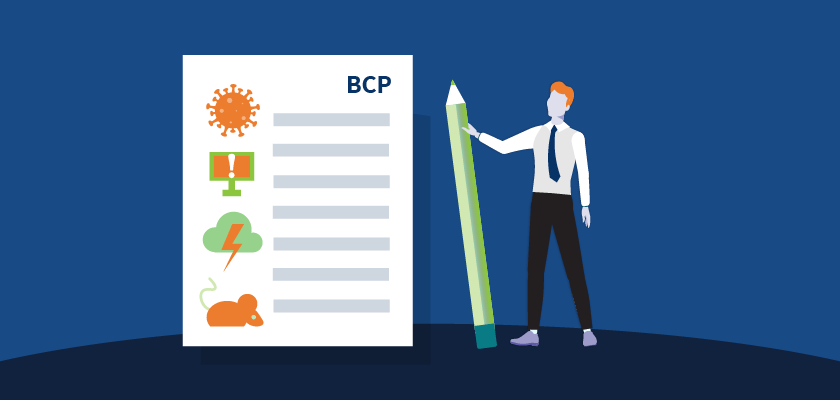
Business Continuity and Disaster Recovery are two essential elements of an organization’s risk management strategy. They help limit downtime and minimize the impact of technological failures, and aligned BC and DR plans ensure a smooth recovery from any disruption.
A clear understanding of these closely related fields can improve crisis management practices. It also enables business leaders to create more effective plans to cope with unexpected disruptions.
What is Business Continuity?
Business Continuity is the process of developing a plan to keep your organization operational in the face of emergencies. It is designed to help you recover quickly after a disaster, such as a fire or natural disaster, and can prevent serious financial losses if your critical operations aren’t restored in time.
A comprehensive business continuity plan needs to include many different resources, including people, facilities and equipment. The plan also needs to be tested, which means that it must constantly be reassessed so you’re ready for the next crisis that arises.
Regardless of the type of business you run, it’s vital that your business has a strong plan in place to handle any disruption. Without one, you can be left vulnerable to loss of income, damage to your reputation, and increased expenses for restoring critical business functions.
What is Disaster Recovery?
Disaster recovery is the process of getting your business back up and running after an unexpected event. It’s essential for any organization, no matter the size or industry.
It can save a company’s assets, minimize interruption, limit damages and reduce stress for employees. It can also help prevent data loss from cyberattacks or natural disasters.
A good disaster recovery strategy includes a wide range of tools and techniques to protect your company’s data, infrastructure and operations in the event of a catastrophic event. It may include backups, DR sites and regular testing.
Data backups can be done by storing files on removable media, in the cloud or even on the network itself. The latter approach may be more expensive than a backup service, but it provides the highest level of protection. It can also help businesses continue operating if a disaster shuts down its main office location.
What is the Difference Between the Two?
Business Continuity and Disaster Recovery are both important components of your business’s overall strategy. They help you plan for disruptions that could affect your business, but there are some important differences between them.
Ultimately, business continuity is concerned with keeping your business running during a crisis while disaster recovery is focused on recovering your data and IT systems after a disaster. While both are necessary, they should be incorporated together to fully prepare for disasters.
A business continuity plan is a broad plan that focuses on the organization as a whole but drills down to specific scenarios that create operational risks.
It should contain a list of critical supplies, crucial business functions and copies of key records for employees. The plan should be updated regularly to ensure it is still relevant and works effectively to preserve business operations in the event of a disaster.
How Can I Create a Business Continuity Plan?
Creating a Business Continuity Plan (BCP) is important for any company that wants to maintain their competitive edge in an uncertain business climate. It can help you keep your customers happy and preserve your reputation and revenue stream.
The first step in creating a BCP is to conduct a risk assessment. This helps you identify potential threats to financial performance, operations, supply chains and employee morale.
After that, you can use the information gathered in your risk assessment to build out a comprehensive business continuity plan that addresses those risks.
As your business continues to grow, it’s important to regularly assess your continuity plans to make sure that they are as effective as possible in the face of unforeseen events. Carrying out regular tests and exercises is a good way to ensure that your BCP remains up-to-date.






